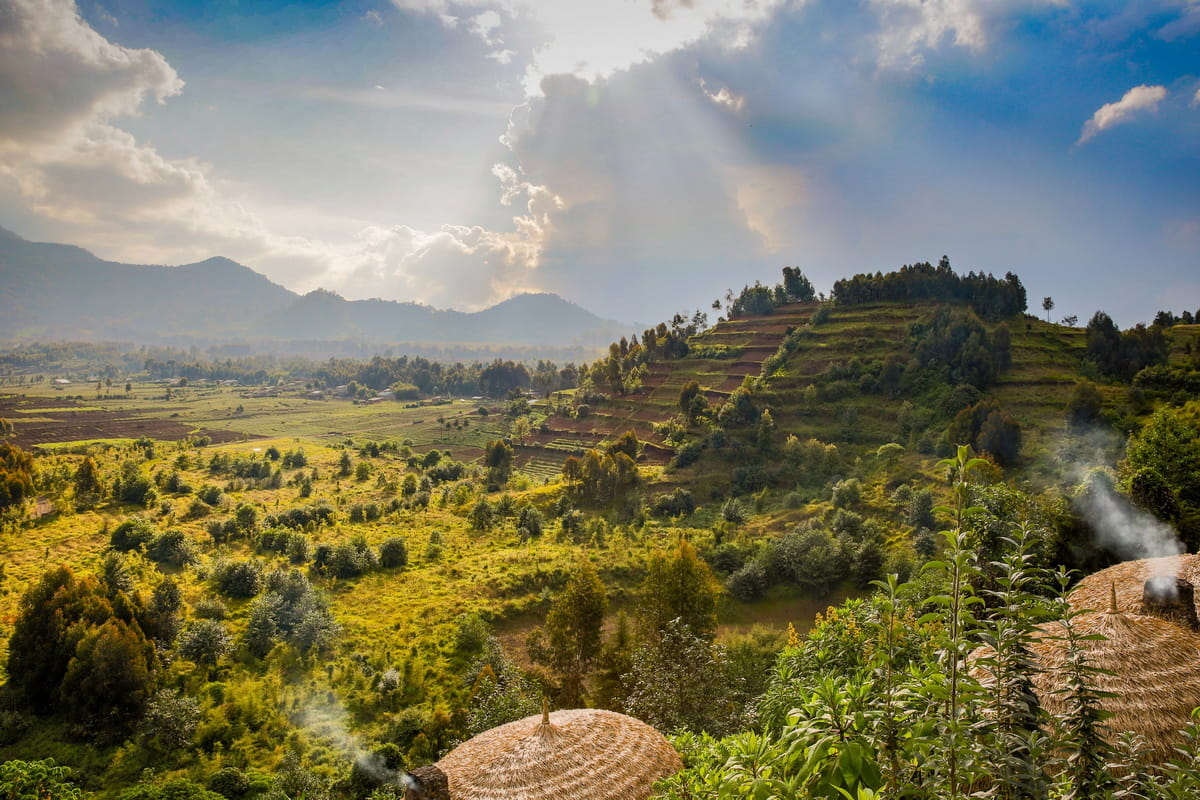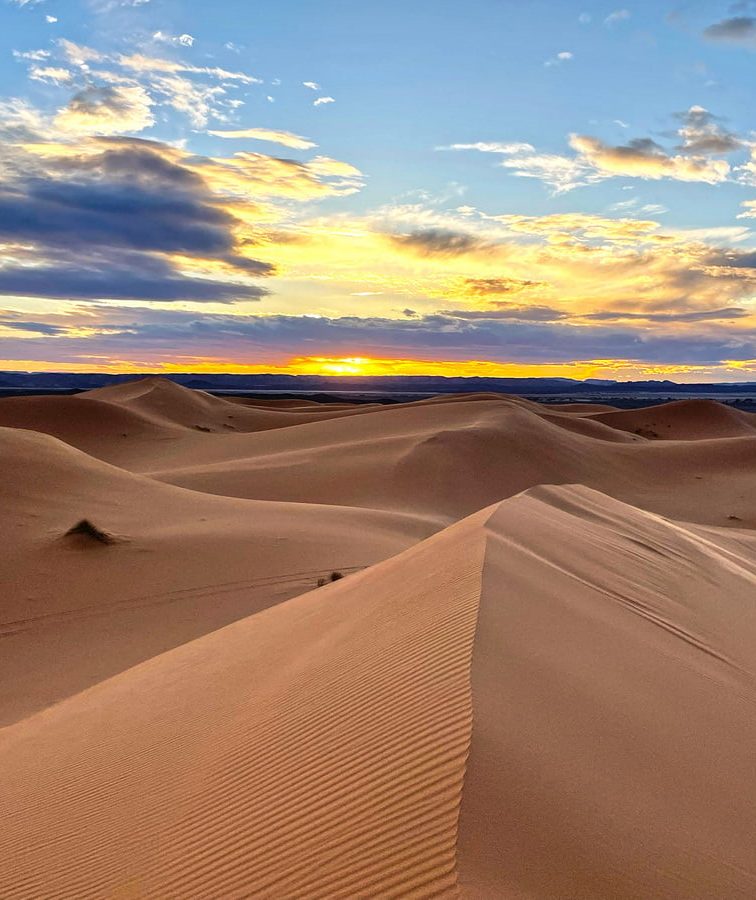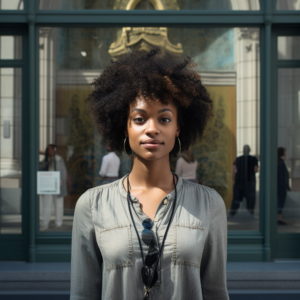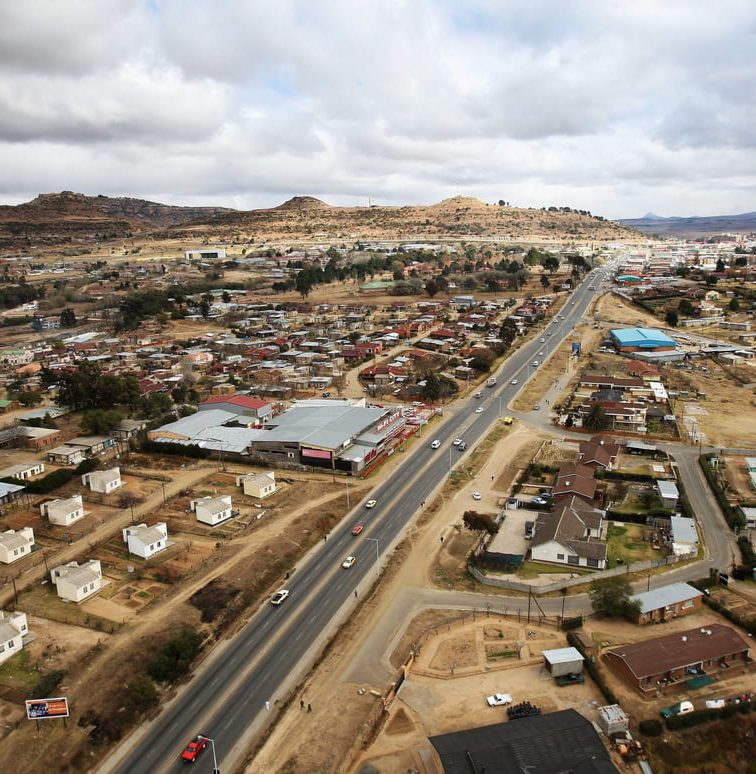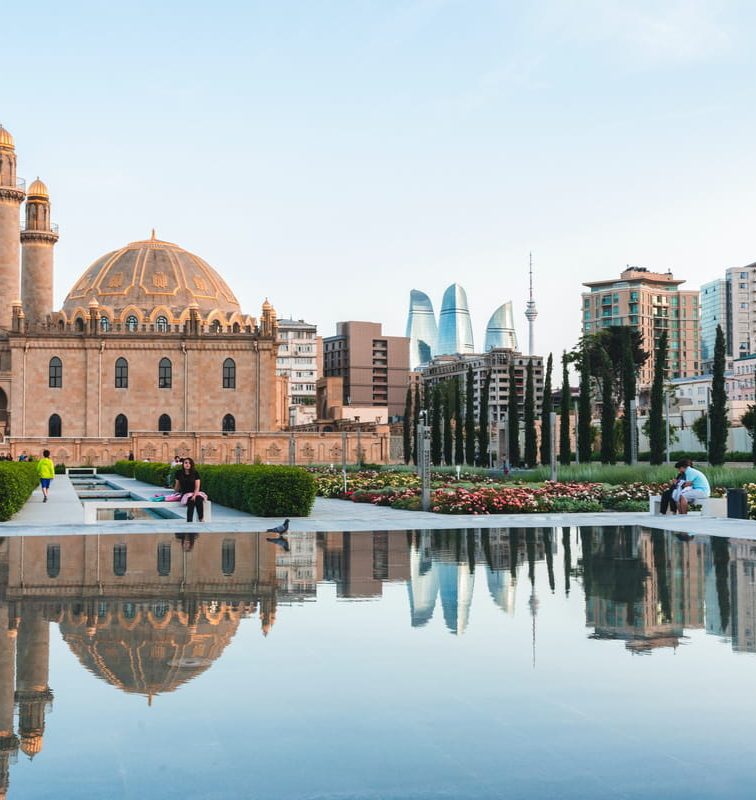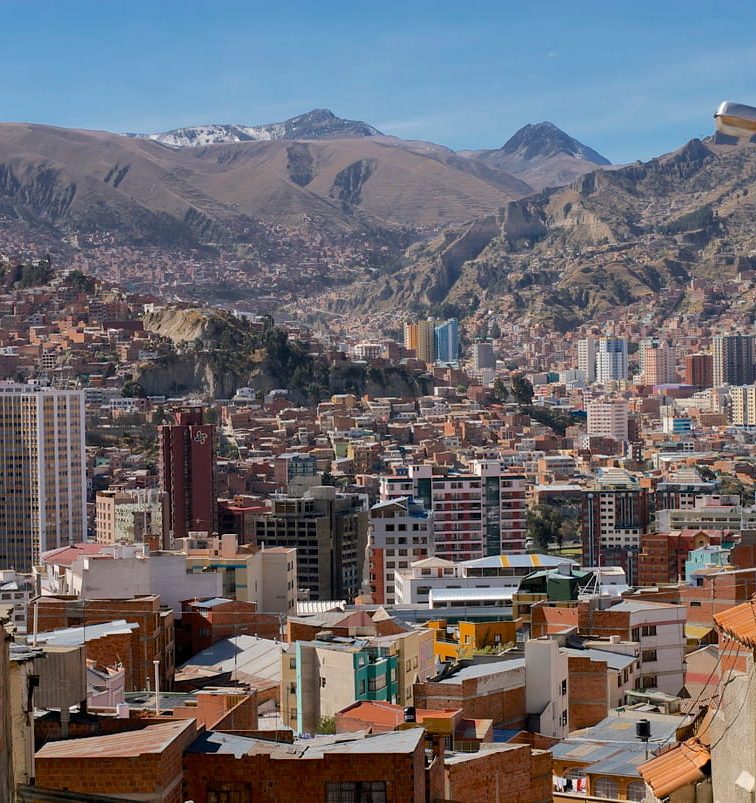Hey there, folks! Ready to take a thrilling journey without leaving your comfy couch? Today, we’re diving into the world of Rwanda, and let me tell you, it’s a ride full of twists and turns. Nestled in the heart of East Africa, this landlocked country may be small, but oh boy, does it pack a punch in the wow department!
From stunning landscapes to a booming economy, Rwanda is a powerhouse of intriguing tales and wonders. So sit tight as we explore 35 fun facts about Rwanda that will surely make you think, “Hmm, I gotta see this for myself!”
1. Land of a Thousand Hills
Rwanda’s nickname, the “Land of a Thousand Hills,” isn’t just a cute catchphrase. This landlocked darling is festooned with green, undulating hills and incredible scenic vistas. Truly, you’ll feel as if you’ve stepped into a postcard.
The hills in Rwanda aren’t just beautiful; they’re also deeply ingrained in the country’s agricultural way of life. From these fertile terrains sprout coffee, tea, and a bounty of crops that sustain its population.
2. Size Matters: Smallest Country in Central Africa
Yeah, you read it right. Rwanda is the smallest country in Central Africa, but oh man, don’t underestimate it. With a total area of around 26,338 square kilometers, this country proves that great things often come in small packages.
Despite its petite size, Rwanda is a jack-of-all-trades. From its rich biodiversity to its vibrant culture, this nation manages to cram in more experiences per square kilometer than you’d think possible. Really makes you reconsider the saying, “Size matters,” doesn’t it?
3. Rwanda’s Capital: Kigali
Welcome to Kigali, the capital of Rwanda and arguably one of Africa’s most captivating cities. Established in 1907, Kigali isn’t just the political hub; it’s also a place teeming with activity, rich culture, and yes, delicious food.
What sets Kigali apart? How about its remarkable cleanliness and safety? Oh, and let’s not forget the booming tech industry. Seriously, Kigali is where Rwanda’s past and future meet, shake hands, and decide to make something extraordinary together.
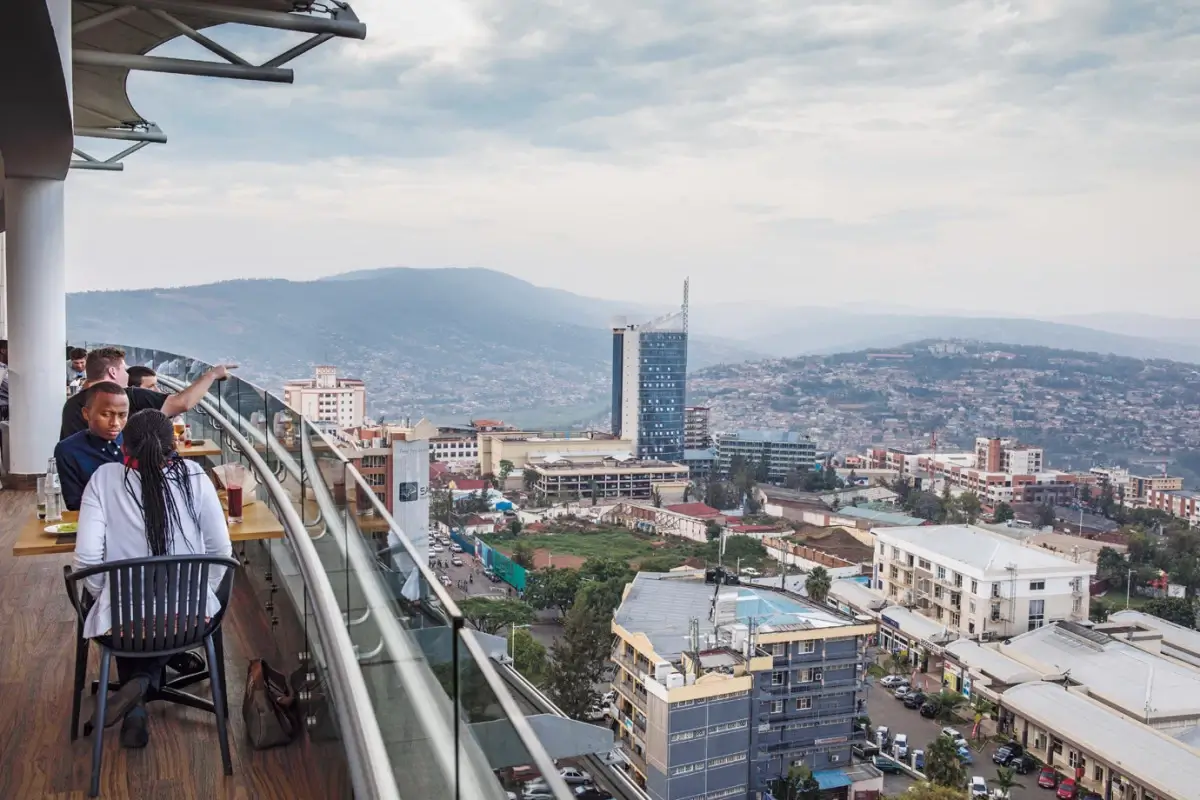
Image source: mensjournal.com
4. The Birth of Rwanda’s Flag
In 2001, Rwanda introduced a new national flag to symbolize a fresh start after the horrific Rwanda genocide that took place in 1994. The flag’s colors—blue, yellow, and green—were carefully selected. Blue stands for happiness and peace, capturing Rwanda’s aspiration for tranquility post-conflict.
The other colors are equally symbolic. Yellow represents economic development, reflecting the nation’s goal for growth and prosperity. Green stands for the natural beauty of the land, emphasizing Rwanda’s commitment to environmental sustainability.
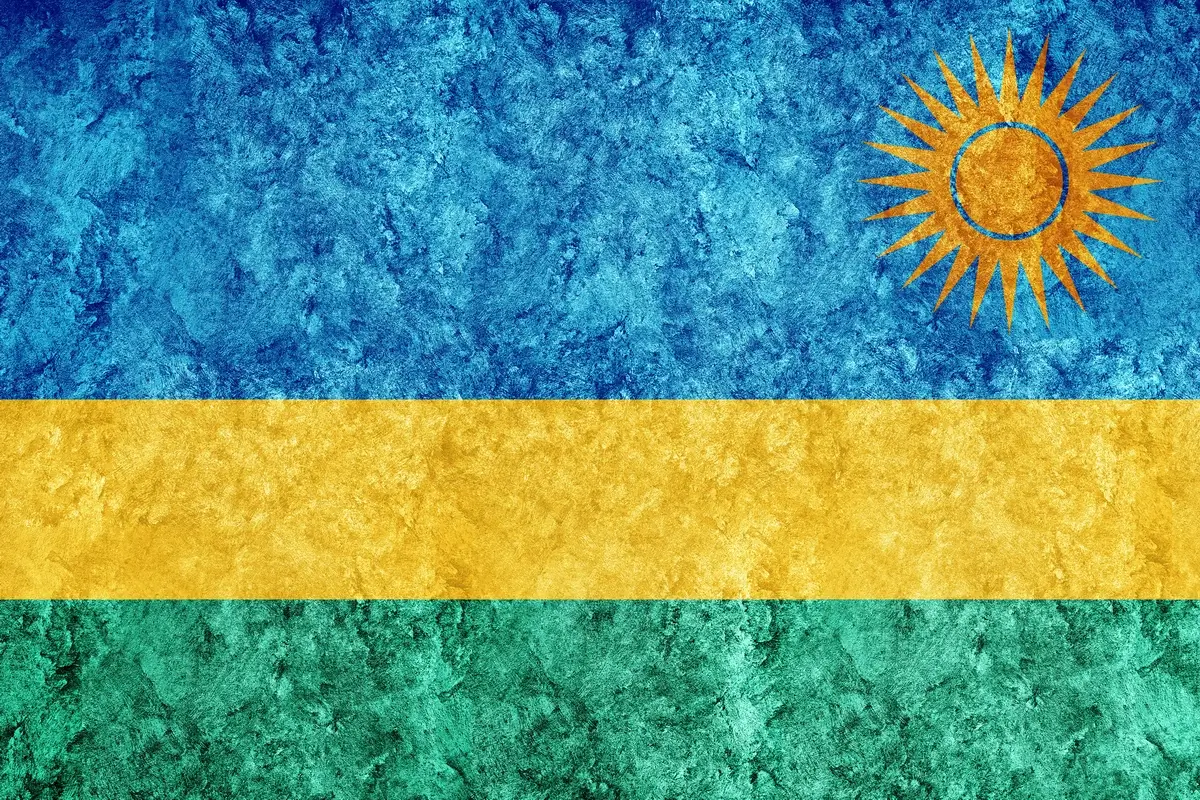
Image by Allexxandar / Freepik
5. A Melting Pot of Languages
Did you know Rwanda is a veritable linguistic treasure trove? While Kinyarwanda is the native language, the country officially recognizes four languages: Kinyarwanda, French, English, and Swahili. French and English were introduced during colonial times and have stuck around like loyal old friends.
Swahili, the newest addition to the linguistic gang, became an official language in 2017. It’s a nod to Rwanda’s commitment to the East African Community. Language in Rwanda isn’t just a tool for communication; it’s a living record of the country’s complex history and its regional alliances.
6. Left-hand Drive Transition
Hold onto your steering wheels! Rwanda made a monumental switch from right-hand drive to left-hand drive in 2009. Why, you ask? It was part of a broader strategy to align itself more closely with other East African countries, most of which are left-hand drive.
The switch was more than just a traffic rule change. It was a significant logistical feat that required altering road signs, traffic signals, and public transportation. It’s not every day a country decides to flip its entire driving system!
7. Banning Plastic Bags
“Sayonara, plastic bags!” That’s right, Rwanda kicked plastic bags to the curb way back in 2008. Today, it’s one of the cleanest countries in the world. Visitors are even required to leave their plastic bags at the airport!
The ban isn’t just a rule; it’s a revolution. In a world drowning in plastic waste, Rwanda emerges as an environmental leader. The effect is visible not just in the urban centers but also in rural areas, proving that sustainability is a collective effort.
8. Fastest-growing Economy in Central Africa
Here’s a fun twist: Rwanda’s not just known for its hills and natural beauty; it’s also rocking the economic charts! According to the World Bank, Rwanda is one of the fastest-growing economies in Central Africa. The services sector, agriculture, and tourism are the main contributors to this meteoric rise.
But wait, there’s more. Investments in technology and infrastructure have also played a significant role in Rwanda’s economic upswing. So, not only is Rwanda growing, but it’s growing smartly and sustainably.
9. Kinyarwanda: A Unique Language
Kinyarwanda isn’t just another language; it’s the linguistic glue that binds Rwandans. Spoken by nearly all Rwandans, this Bantu language goes beyond mere words—it’s an integral part of the country’s cultural fabric.
What’s more fascinating is that Kinyarwanda has no regional dialects, which is pretty unusual for a language. This common linguistic ground serves as a unifying factor among Rwanda’s various communities.
10. Gender Equality
Rwanda isn’t just keeping up with the times; it’s setting the pace, especially when it comes to gender equality. Over 60% of the seats in Rwanda’s parliament were held by women. That’s the highest percentage of female parliamentary representation in the world, folks!
Not just on paper, the country has implemented various programs to promote gender equality in education, health, and employment. So, when it comes to leveling the playing field, Rwanda isn’t just talking the talk; it’s walking the walk.
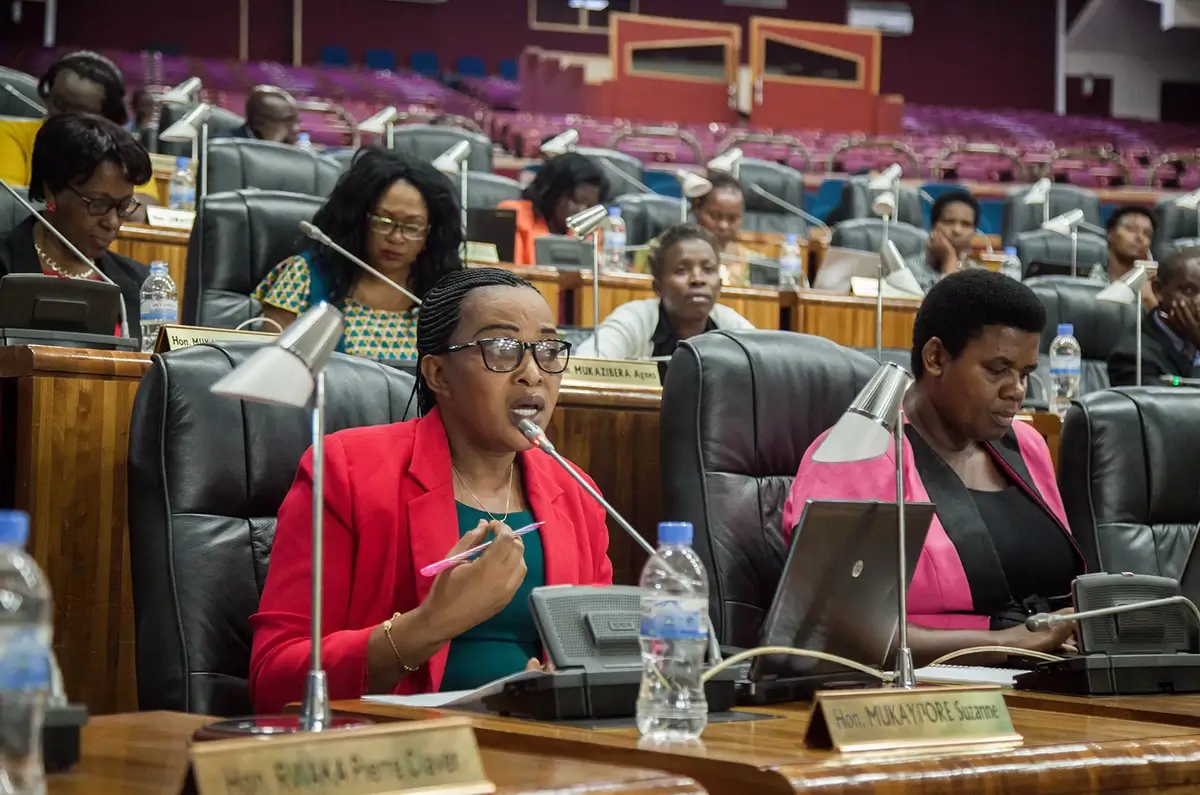
Image source: newtimes.co.rw
11. Women in Power
If you thought the gender equality fact was a fluke, think again! Rwanda is a shining beacon of women empowerment. Apart from parliament, women also hold key positions in the executive and judiciary branches of the government.
But it’s not just in politics. Women entrepreneurs are becoming increasingly common in Rwanda, contributing to economic development and social change. Indeed, the country has created an enabling environment for women to thrive in all sectors.
12. Coffee and Tea: Rwanda’s Top Exports
Wake up and smell the coffee… and tea! These two beverages aren’t just popular at Rwandan breakfast tables; they’re also the country’s top exports. Rwanda’s unique geography and climate make it an ideal place for cultivating these crops.
The high-altitude areas, particularly in the west and southwest, are where most of the coffee and tea plantations are located. So the next time you sip on a cup of Rwandan brew, remember, you’re not just enjoying a drink; you’re tasting Rwanda’s agricultural prowess.
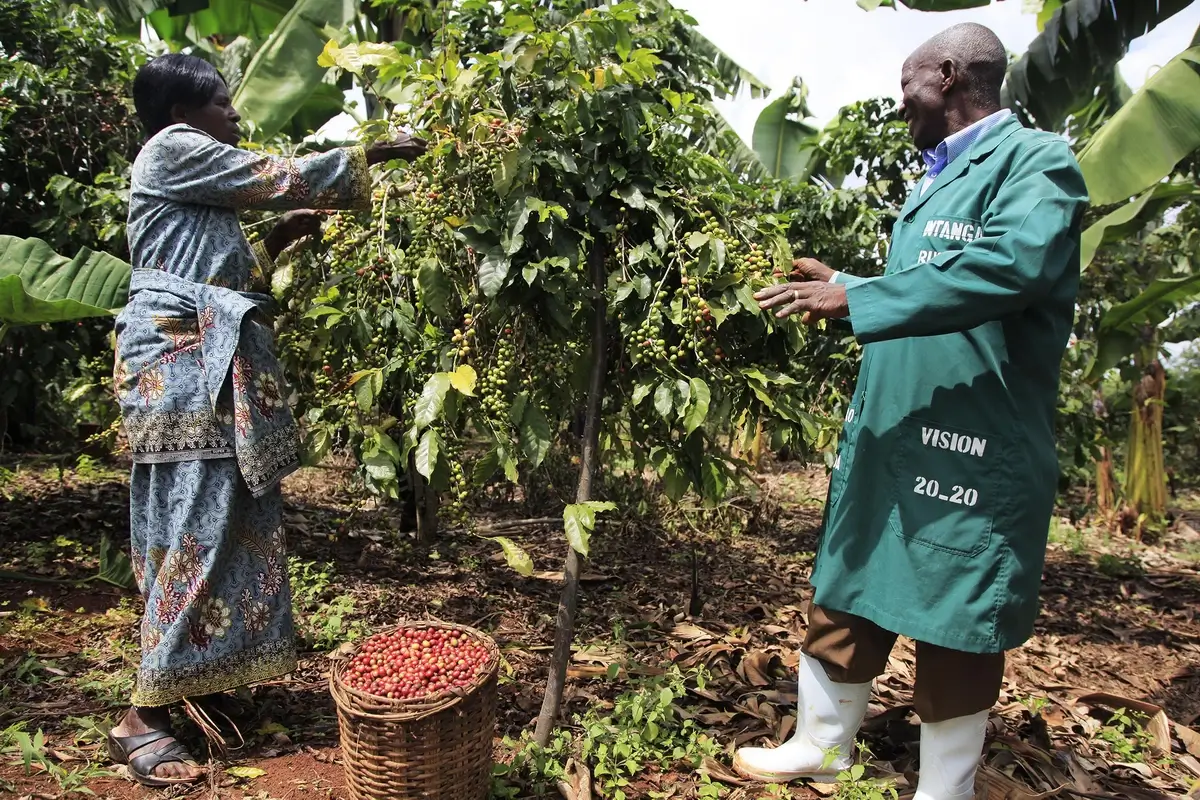
Image source: newtimes.co.rw
13. Gorilla Tourism
Move over King Kong, Rwanda’s got the real stars! Gorilla tourism is one of the main attractions of Rwanda, especially in the Volcanoes National Park. It’s one of the few places in the world where you can see mountain gorillas in their natural habitat.
This isn’t just a win for animal lovers and Instagram feeds; it’s also crucial for conservation efforts. A portion of the tourism revenue goes back into preserving these magnificent creatures and their habitats.
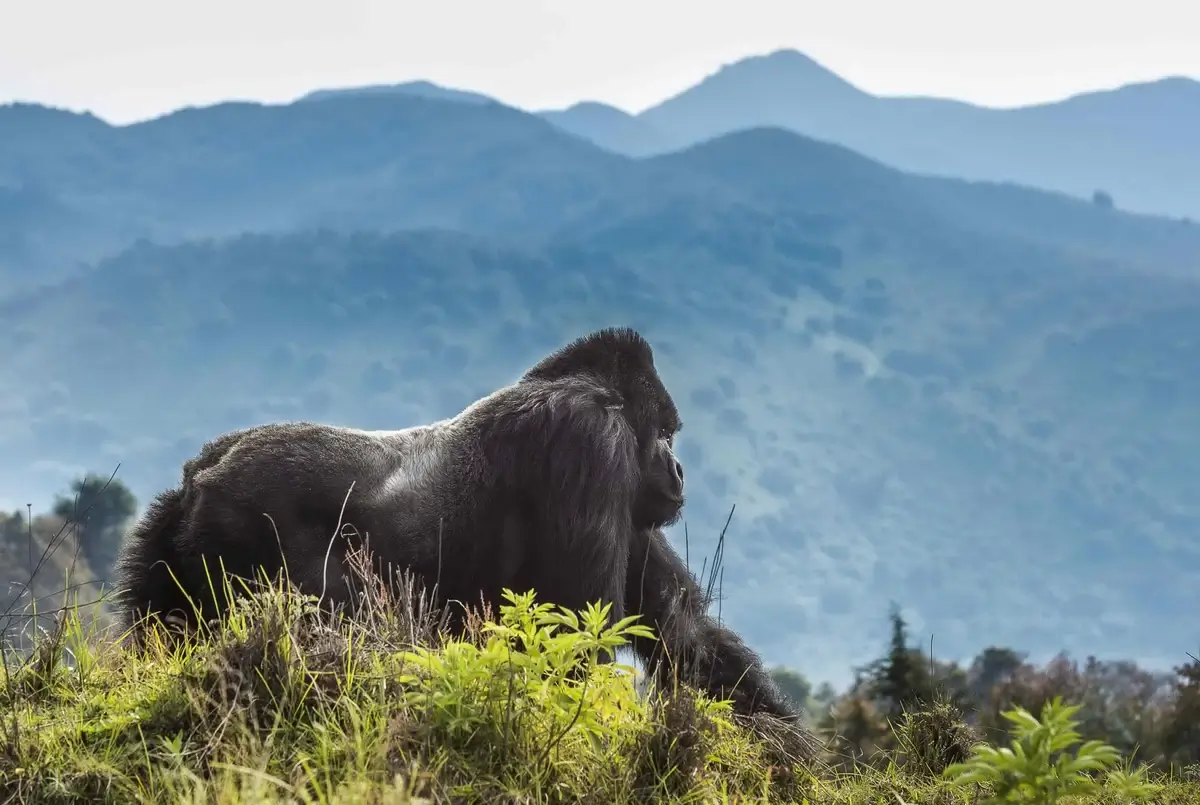
Image source: ugandabudgetsafaris.com
14. The Famous “Umuganda” Community Service
If you happen to be in Rwanda on the last Saturday of the month, you might find the streets quieter than usual. Why? It’s “Umuganda,” a mandatory community service day. From 8 a.m. to 11 a.m., businesses close and traffic halts, as citizens pick up brooms, hoes, and shovels to clean their neighborhoods.
Umuganda isn’t just about beautifying spaces; it’s about building a community. This practice dates back to pre-colonial times but was formalized in modern Rwanda to foster a sense of national unity and collective responsibility.
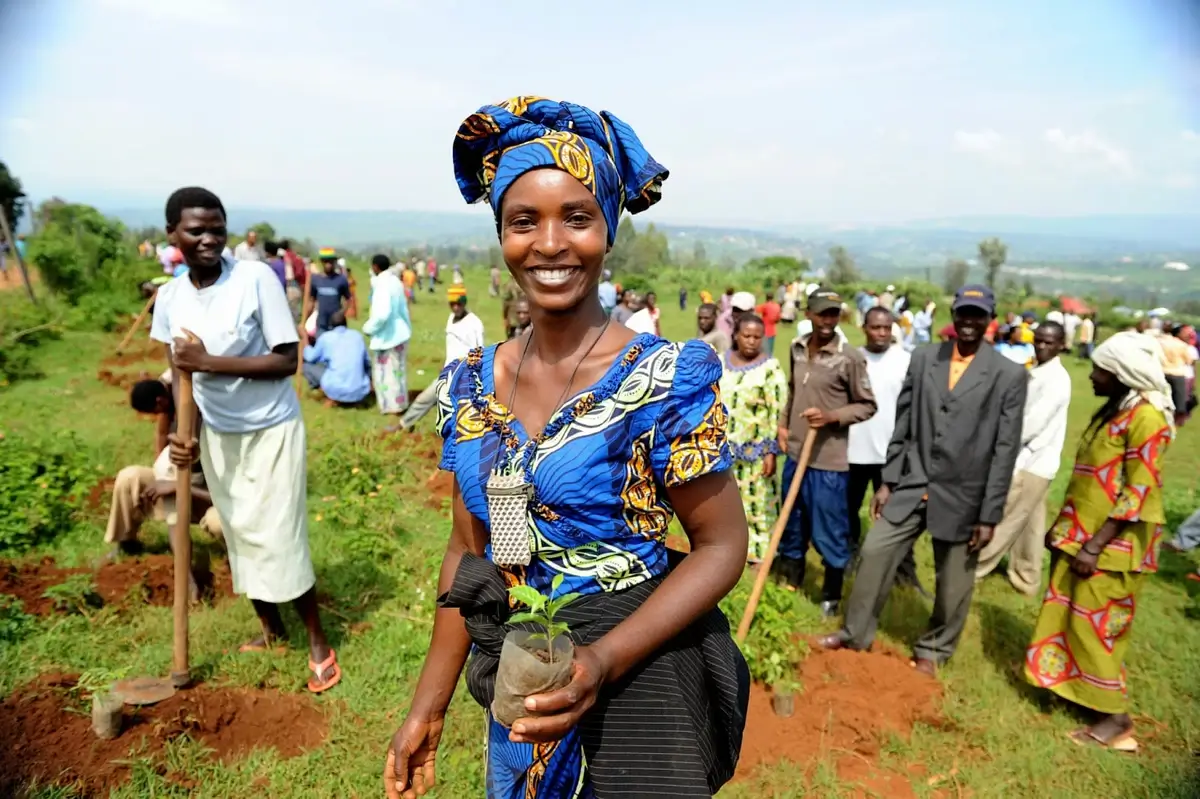
Image source: fanwood2joburg.blogspot.com
15. A High Population Density
Don’t let its small size fool you; Rwanda is packed! With over 12 million people, it’s one of the most densely populated countries in Africa. Given its area of around 26,338 square kilometers, we’re talking about approximately 455 people per square kilometer.
Now, let’s put that into perspective. Imagine if the U.S., with its vast expanse of 9.8 million square kilometers, had the same population density. We’d be looking at a staggering 4.46 billion people! That’s around 13 times the current U.S. population. It really gives you a sense of how densely populated Rwanda is.
The high population density comes with its challenges, including pressure on land and resources. But it also reflects Rwanda’s vibrant communities and cultures, contributing to its unique social tapestry.
16. Rwanda Genocide: A Dark Chapter
No discussion about Rwanda is complete without acknowledging the haunting Rwanda Genocide of 1994. In the span of around 100 days, about 800,000 Tutsis and moderate Hutus were slaughtered. It’s a period of dark tragedy that shook the world and changed Rwanda forever.
Today, Rwanda has made commendable strides in reconciling and rebuilding, but the memories are preserved to remind and educate. The Kigali Genocide Memorial is one such place where the lessons of these atrocities are actively shared to prevent a recurrence.
17. The Lake Kivu Mystery
Now here’s a geographical head-scratcher! Lake Kivu, bordering Rwanda and the Democratic Republic of the Congo, holds an estimated 65 billion cubic meters of methane gas. It’s a phenomenon that puzzles scientists to this day.
This lake could potentially serve as a vast energy reserve, or conversely, pose a dangerous risk if the gases were ever to erupt. So, whether it’s an asset or a ticking time bomb is still up for debate.
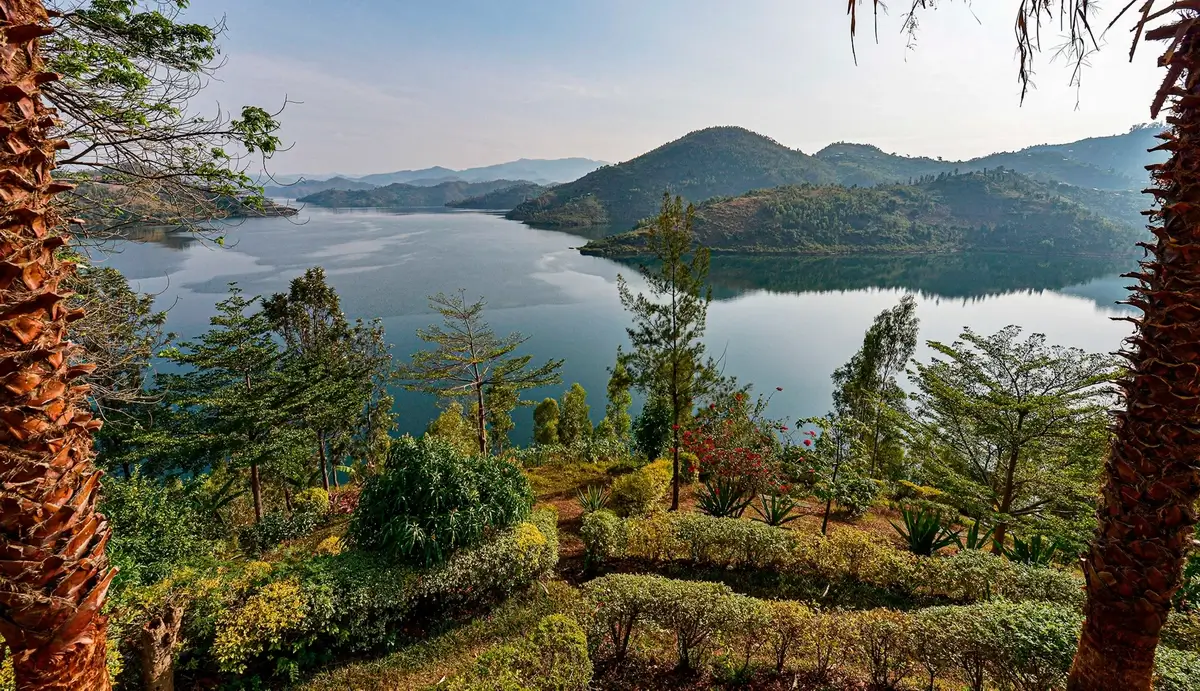
Image source: time.com
18. National Parks: A Paradise for Wildlife Lovers
Calling all nature junkies! Rwanda’s national parks are nothing short of a paradise. Whether you’re into bird-watching, hiking, or meeting our primate relatives, there’s something for everyone. Nyungwe National Park and Volcanoes National Park are the most visited, offering an array of activities.
And think about this: Rwanda’s commitment to conservation means that when you visit, you’re also contributing to the preservation of these magnificent ecosystems.
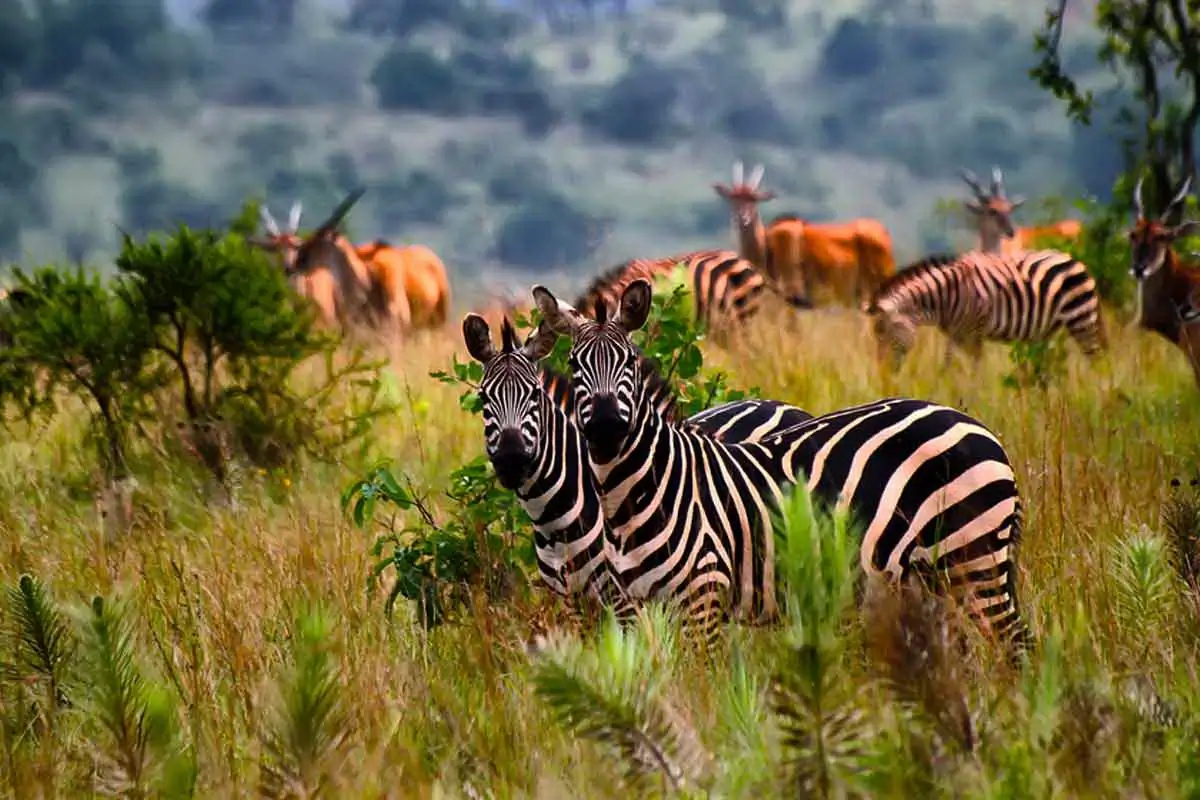
Image source: trekgorillasafaris.com
19. Akagera National Park: Big Five and More
If you’re on the prowl for the Big Five, Akagera National Park in East Africa’s Rwanda won’t disappoint. Lions, leopards, rhinos, elephants, and buffalos can all be spotted here. But that’s not all; the park is also home to countless bird species, crocodiles, and even hippos!
The park spans a variety of terrains including savannah, swamp, and woodland, making it a holistic African safari experience right in the heart of Rwanda.
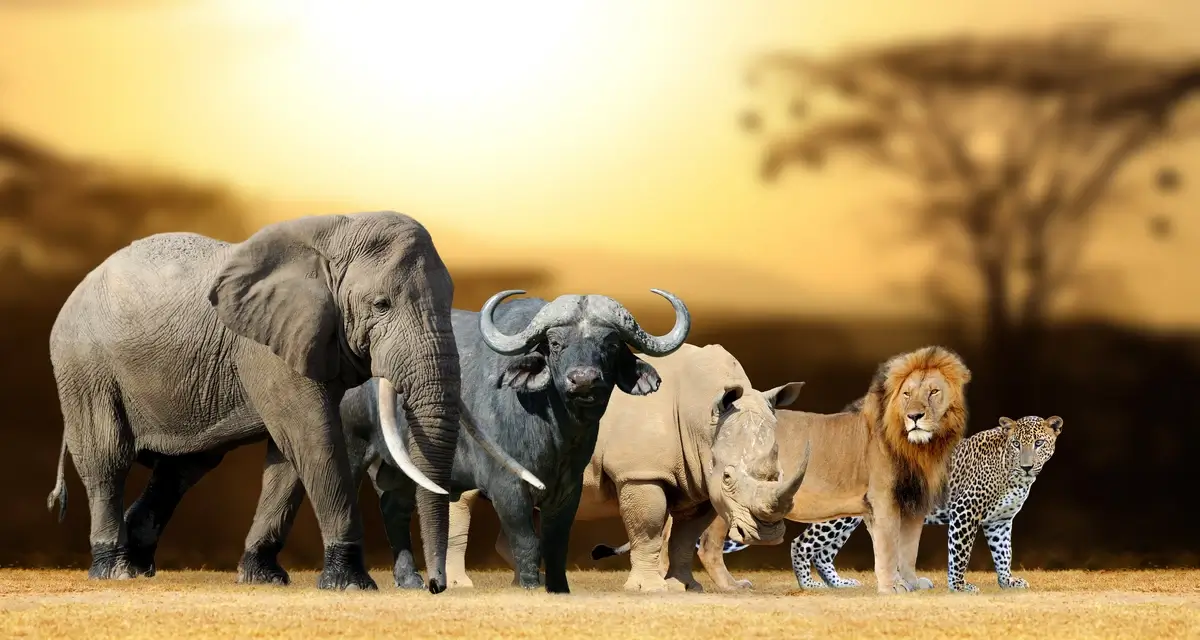
Image source: img.huffingtonpost.com
20. Local Food: Don’t Skip Ugali!
Let’s talk taste buds! Rwanda’s cuisine is a delightful fusion of traditional African flavors. Among its many dishes, the one you absolutely cannot miss is “Ugali.” A staple food across East Africa, Ugali is a dense, dough-like dish made from maize flour and water. It might sound simple, but its role in Rwandan meals is paramount!
Usually accompanied by vegetables, meats, or sauces, Ugali is both versatile and filling. When in Rwanda, eat as the Rwandans do!
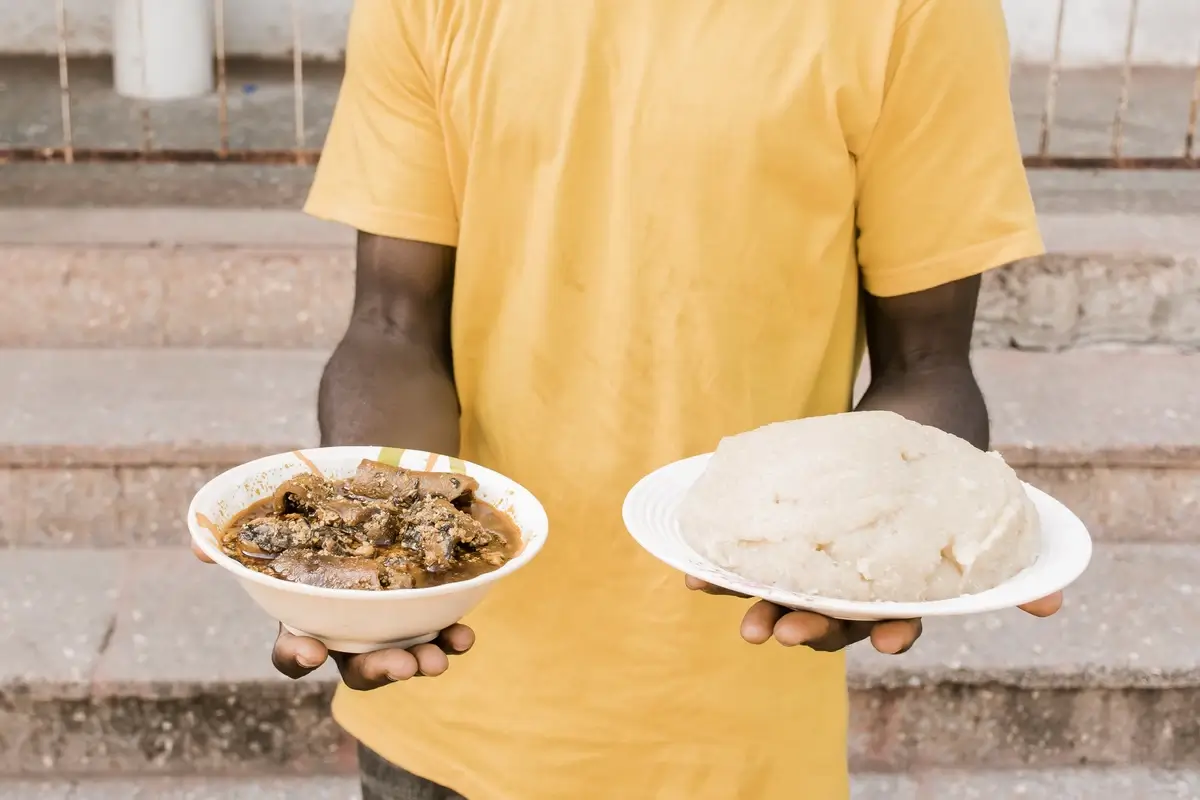
Image by Freepik
21. The Rwandan Franc
It’s all about the money, money! When in Rwanda, you’ll be trading with the Rwandan Franc. It’s the official currency and has been since the nation gained independence in 1962. While credit cards are gradually gaining acceptance in urban areas, the Rwandan Franc is still king, especially in local markets.
For tourists, it’s always a good idea to have some Francs on hand for those off-the-beaten-path adventures. And who doesn’t love the thrill of haggling in a local market?
22. Tourist-friendly Visa Policies
Traveling to Rwanda? The good news is, you’re likely in for a smooth ride! Rwanda boasts of a notably tourist-friendly visa policy. Nationals from numerous countries can obtain their visa upon arrival without prior application. Plus, for those in African Union nations, the Caribbean, and a few others, entry is visa-free!
This hassle-free approach is a testament to Rwanda’s commitment to being an open and welcoming nation. So, pack those bags!
23. Rwanda’s Mountainous Terrain
Rwanda isn’t called the “Land of a Thousand Hills” for nothing. This landlocked country boasts a mountainous terrain that would make any hiking enthusiast’s heart skip a beat. Its highest peak, Mount Karisimbi, stands at an impressive 4,507 meters, nestled between Rwanda and the Democratic Republic of the Congo.
The mountainous setting gives Rwanda a unique climate and diverse ecosystems, with the added bonus of panoramic views that will leave you breathless, both literally and figuratively.
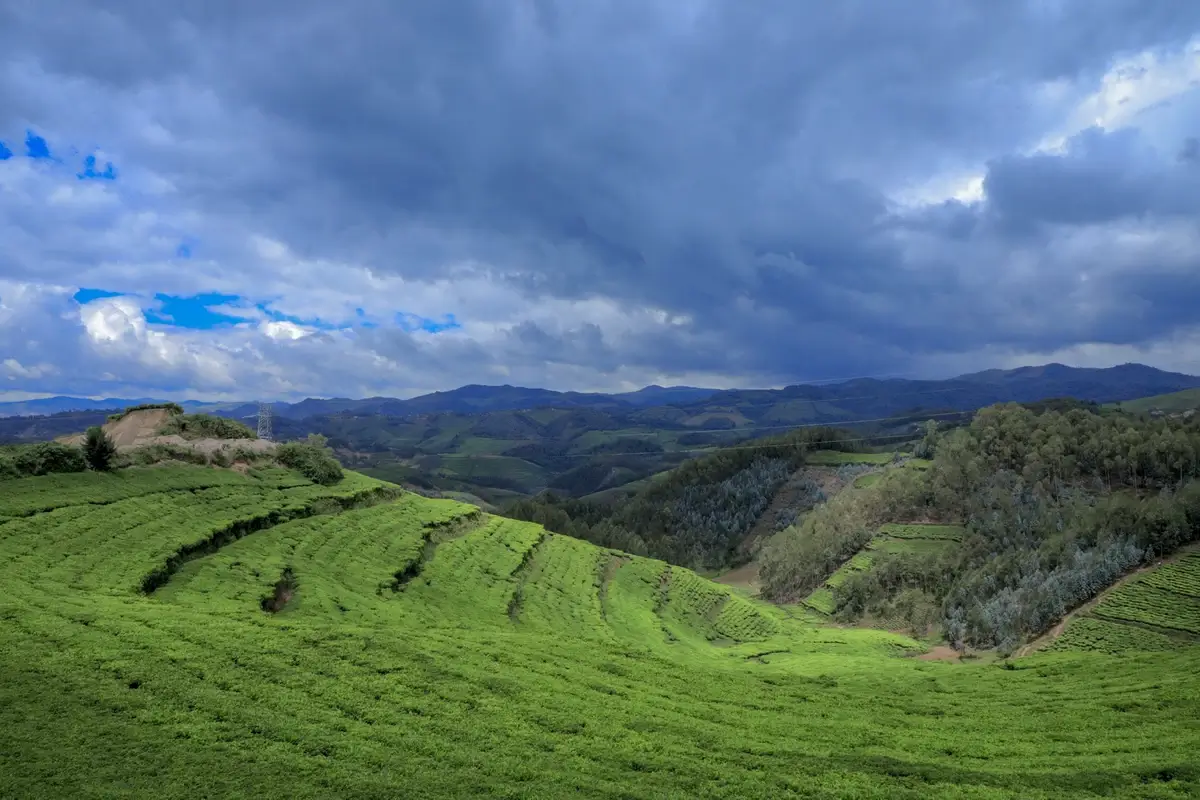
Image source: Wikimedia Commons
24. The Country’s Volcanic Features
When you traverse Rwanda’s terrains, the Virunga Mountains are hard to miss. These looming peaks in the northwest are not just an eyeful but a geologist’s dream. Comprising both dormant and active volcanoes, they tell tales of Earth’s fiery past and the region’s tumultuous tectonic activity.
But fun facts about Rwanda don’t stop at geology. The Virungas are also vital to local ecosystems, acting as a crucial habitat for diverse flora and fauna, including the rare mountain gorillas. Their significance, thus, is multi-dimensional: geologically impressive and ecologically indispensable.
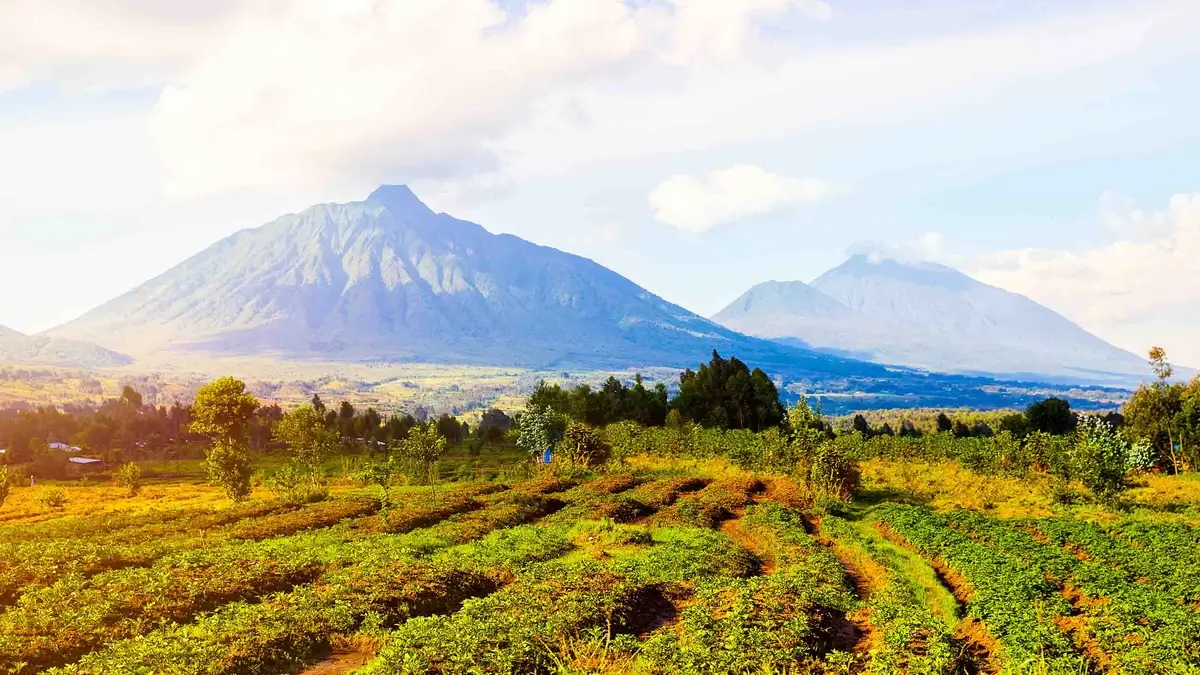
Image source: journeysinternational.com
25. Rwandan School System
Education has been a cornerstone of Rwanda’s post-genocide rebuilding. And if you delve into the nation’s curriculum, there’s much to applaud. Today, the Rwandan school system champions 12 years of basic education, ensuring foundational knowledge for all its students.
Diving deeper into Rwanda fun facts, one might find it intriguing that since 2008, English replaced French as the primary medium of instruction. This shift underscores Rwanda’s aspirations for a globally-integrated future and its commitment to preparing its youth accordingly.
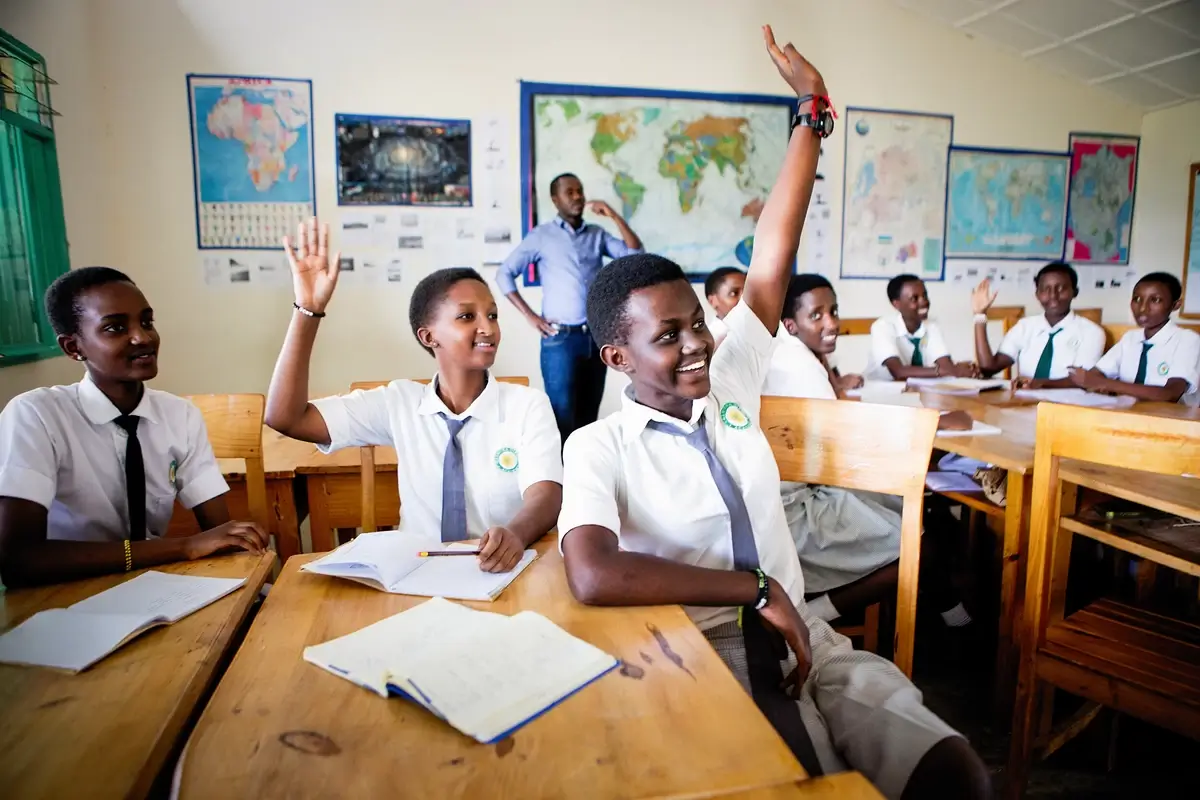
Image source: rwandagirlsinitiative.org
26. Border Relations with the Democratic Republic of the Congo
Nestled in Central Africa, Rwanda shares a significant western border with the Democratic Republic of the Congo. This border, characterized by the majestic Lake Kivu, has witnessed both harmonious trade relationships and tumultuous political tensions over the years.
However, diving into Rwanda fun facts, it’s remarkable to note the cooperative efforts made in recent times to stabilize and foster positive cross-border relations. Both nations work hand in hand to address shared challenges, from border security to environmental conservation.
27. Car-free Days in Kigali
Kigali, the vibrant capital of Rwanda, has a unique feature: car-free days. Twice a month, major roads remain devoid of the usual vehicular buzz, allowing residents to reclaim the streets for recreational activities like cycling, jogging, and community events.
Exploring fun facts about Rwanda, you’d discover this initiative isn’t just about fitness. It underscores Kigali’s commitment to environmental sustainability, reducing carbon footprints, and fostering a sense of community. It’s a step towards envisioning a greener, healthier future for the city.

Paul Kagame / Flickr
28. The Nyungwe Forest: A Chimp Haven
Peek into Rwanda’s southwestern corner, and you’re greeted by the sprawling Nyungwe Forest. This biodiverse hotspot is not only a dense rainforest but also a sanctuary for our primate cousins, the chimpanzees.
When looking for interesting facts about Rwanda, the Nyungwe Forest is undeniably a treasure. Apart from chimps, this lush expanse houses 12 other primate species and a mesmerizing array of birds and butterflies. The forest, in essence, underscores Rwanda’s commitment to conservation and ecological richness.
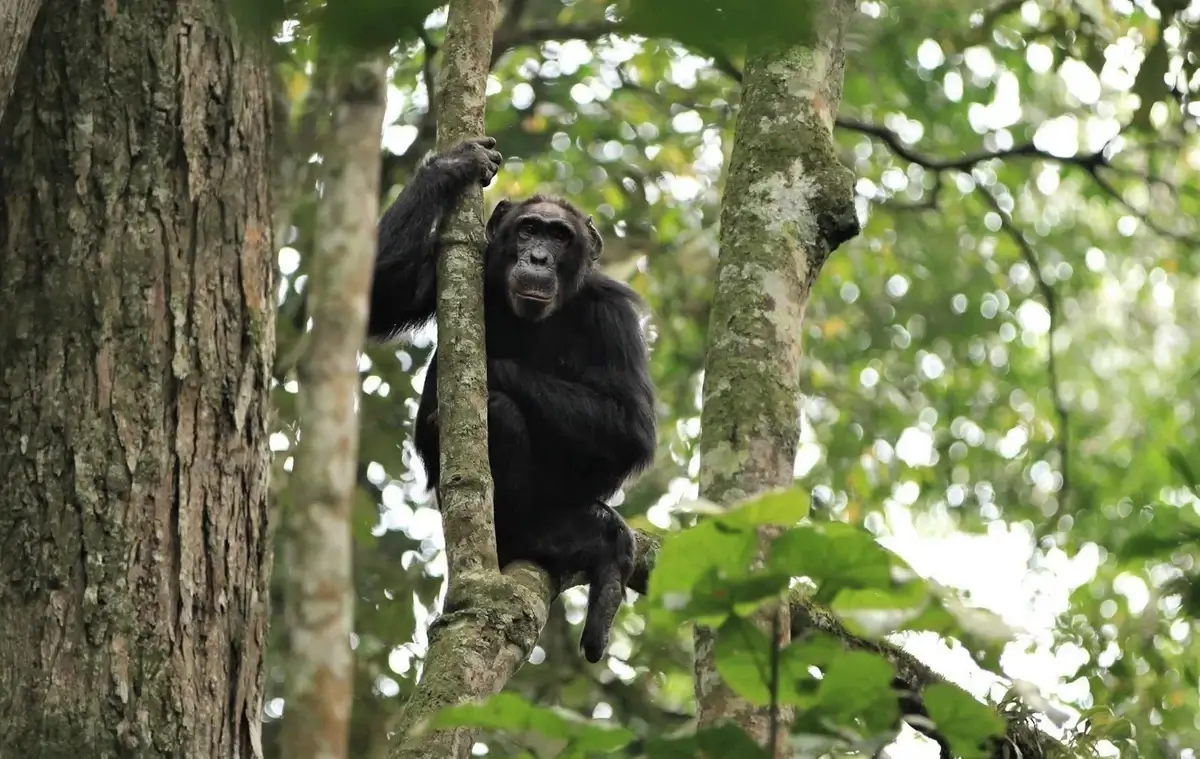
Image source: gorillasafariexperts.com
29. Clean Streets
The cleanliness of Rwanda, particularly its capital, Kigali, often leaves visitors astounded. The impeccable streets, devoid of litter, resonate with the country’s stern stand against pollution and waste.
A core tenet driving this cleanliness is the nationwide ban on plastic bags since 2008. But it’s not just about policies. The “Umuganda” community service also plays a pivotal role. This monthly event sees residents, from all walks of life, taking to the streets to clean and beautify their surroundings. Thus, cleanliness in Rwanda is not just a rule; it’s a celebrated culture.
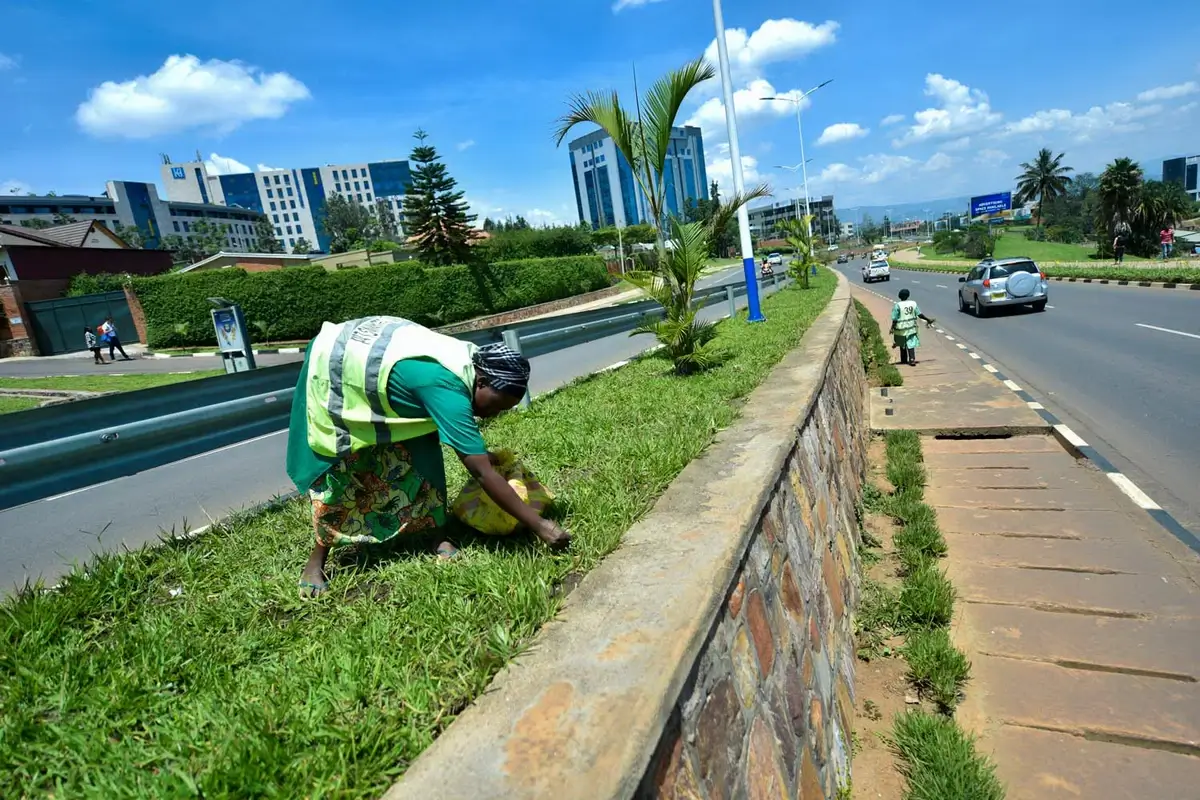
Image source: ktpress.rw
30. King’s Palace: A Walk Through History
Dive deep into Rwandan history by visiting the King’s Palace in Nyanza. This beautifully preserved residence once belonged to King Mutara III Rudahigwa, the last ruling monarch of Rwanda. Traditional in its essence, the palace is a captivating blend of Rwandan architecture and royal regalia.
What adds more charm to the setting? The long-horned Inyambo cows, considered sacred and royal symbols, residing at the palace grounds. They’re not just about symbolism; their caretakers sing to them, an age-old tradition that’s a sight (and sound) to behold!
31. Traditional Dance and Music
Immerse yourself in the rhythmic world of Rwanda with its traditional dance and music. Intore, the most famous and dynamic dance, involves high leaps, vibrant costumes, and quick drum beats, reflecting the country’s spirited heart.
But it’s not just about dance. Rwandan music, deeply rooted in folklore and history, narrates tales of heroism, love, and nature. Instruments like the “ikembe” (thumb piano) and “ingoma” (drum) add depth and soul to these musical tales.
32. Relations with Tanzania, Burundi, and Uganda
Rwanda, though landlocked, is never isolated, thanks to its strategic position in East Africa and robust ties with its neighbors: Tanzania, Burundi, and Uganda. Historically, these relationships have been a mix of alliances, tensions, and trade.
While relations with Uganda and Burundi have experienced their share of complexities, ties with Tanzania have majorly been cordial and centered around mutual development goals. These intricate relationships not only shape the political landscape of the region but also influence the day-to-day lives of the Rwandan people.
33. Rwandan Milk Bars
Milk isn’t just a drink in Rwanda; it’s a cultural experience! Akabenz, local milk bars, are more than just establishments serving milk. These places are hubs for social interaction, where people discuss everything from politics to local gossip over a cup of fermented milk called “ikivuguto.”
Ikivuguto isn’t your usual dairy delight. This tangy, probiotic-rich drink is deeply embedded in Rwandan culture. In fact, offering milk to a guest is seen as a symbol of respect and hospitality.
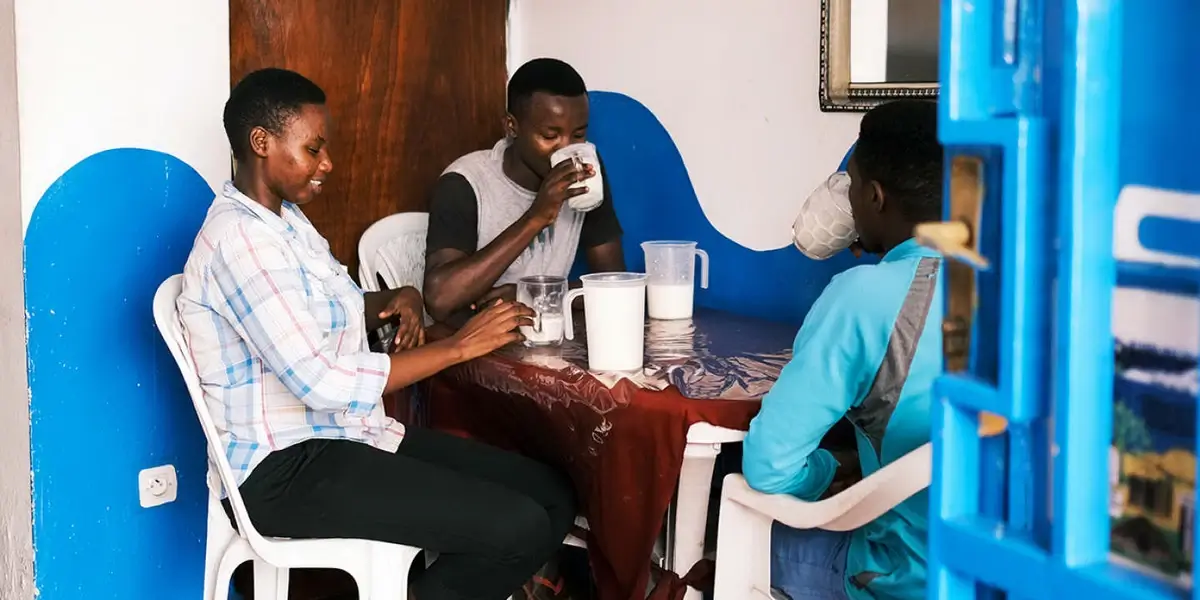
Image source: globeecho.com
34. The Future of Tech in Rwanda
In the heart of Central Africa, Rwanda is emerging as a promising tech hub. With Kigali’s aim to become the “Silicon Valley of Africa,” the future of tech in Rwanda is blindingly bright. Initiatives like the Kigali Innovation City, a hub for tech businesses and universities, testify to this.
Innovations aren’t limited to IT alone. Rwanda fun facts: The country pioneered the commercial use of medical delivery drones, making healthcare more accessible in remote regions.

Image source: technext24.com
35. Traditional “Ikinimba” Songs
The soulful rhythm of Rwanda often finds its voice in “Ikinimba” songs. Deeply rooted in Rwandan culture, these songs are more than just melodies; they’re stories that narrate the daily life, struggles, joys, and tales of heroes of Rwanda.
Typically performed during ceremonies or gatherings, Ikinimba songs are accompanied by traditional instruments. While the world is evolving at a rapid pace, the essence of Ikinimba remains unchanged, connecting the young generation with their rich heritage.
FAQ
What’s unique about Rwanda?
Yo, you wanna know what makes Rwanda so cool? First off, it’s known as the “Land of a Thousand Hills” because, you guessed it, it’s super hilly. This makes the country incredibly scenic, giving you endless vistas to marvel at. Plus, it’s a tiny nation but packed with a mix of cultures, languages, and traditions. And hey, it’s one of the cleanest countries in Africa, thanks in part to its monthly community cleaning day called “Umuganda.” Talk about taking care of the crib!
What is Rwanda most famous for?
Straight up, when people think Rwanda, they often think gorillas. The country is famous for its mountain gorillas and the opportunity to trek and see them in their natural habitat. That’s some once-in-a-lifetime experience right there! Sadly, Rwanda is also known for the 1994 genocide, a dark period in its history, but since then, the nation has made remarkable progress in reconciliation and development.
What is the beauty of Rwanda?
Man, where to start? Rwanda’s beauty is a blend of its mesmerizing landscapes, lush green forests, and sparkling lakes. And then you have the wildlife. Think gorillas, chimps, and loads of birds you can’t find anywhere else. But the real beauty? The people. Rwandans are warm, resilient, and have this infectious spirit that’s hard to put into words. They’ve got that bounce-back mentality, turning past tragedies into fuel for growth and unity.
Why is Rwanda called the heart of Africa?
While geographically, Rwanda ain’t the exact center of Africa, its heart title comes from its warm-hearted people, rich culture, and the central role it plays in the continent’s history and progress. It’s like when you call someone the “heart of a team.” It’s about essence, spirit, and influence, ya know?
What is the Big Five in Rwanda?
Ah, the Big Five! Originally a hunting term, now it’s all about spotting these bad boys in the wild. In Rwanda, though, you’re looking mainly in Akagera National Park to see them. We’re talking lions, leopards, elephants, buffaloes, and rhinos. Grab those binoculars and go on a safari adventure!
What was Rwanda originally called?
Back in the day, before the colonial era, there wasn’t a single term that covered the entire territory of present-day Rwanda. The region was a collection of kingdoms, with the most prominent being the Kingdom of Rwanda. Over time, as boundaries got drawn and redrawn, “Rwanda” became the name for the whole area.
What is the most popular food in Rwanda?
Food time! Rwandans love their “Isombe” (cassava leaves with palm oil) and “Akabenz” (fried or grilled pork). But the staple? That’s gotta be “Ugali,” a dense, cake-like dish made from maize or cassava flour. Pair that with some beans or stew, and you’ve got yourself a hearty Rwandan meal.
What is the motto of Rwanda?
Rwanda rolls with the motto “Ubumwe, Umurimo, Gukunda Igihugu,” which translates to “Unity, Work, Patriotism.” And trust me, you can feel these values in the air when you’re there.
What is the most visited city in Rwanda?
Kigali, hands down. It’s the capital and the main entry point for most visitors. Not just a hub, Kigali is a blend of modern vibes and traditional roots. It’s got museums, restaurants, and it’s super clean. Definitely a must-visit!
What is Rwanda known for culture?
Rwanda’s culture is rich and deep, man. It’s known for its traditional dances like the “Intore” – dancers rockin’ cool grass headpieces and flowing costumes. Then there are the crafts, especially the beautiful basket weaving and pottery. The “Imigongo,” a unique art form using cow dung (sounds weird but it’s beautiful, promise), is also a cultural highlight. But culture isn’t just artifacts and dances – it’s in the stories, the proverbs, and the values passed down through generations. It’s in the spirit of the people. And Rwandans? They’ve got spirit in spades.


